I'm guessing PPL didn't get the memo and has fallen out of line with PJM's mandate that the Transource project is the only option to increase capacity. This is rare in the world of PJM's dysfunctional family, where utilities dare not speak out against PJM for fear of punishment doled out somewhere down the line.
But yet PPL did.
Witness Herling testified that PJM evaluated new proposed second circuits on Furnace Run - Conastone 230kV and Furnace Run - Graceton 230kV and found that these alternatives could potentially violate NERC Reliability standards. It is unclear exactly what PJM modeled here with regard to existing PPL EU-owned facilities because "the Furnace Run - Conastone 230 kV circuit towers and the Furnace Run - Graceton 230 kV circuit towers" are not PPL EU-owned facilities (and indeed have not yet been constructed).
Here's the reality:
Transource 9A proposes a new circuit from Furnace Run to Conastone. This parallels an existing Otter Creek-Conastone 230 kV line jointly owned by PPL EU and BGE. The PPL EU owned section of the line is designed to accommodate a second circuit without acquiring new Right of Way. PPL EU's Otter Creek 230 kV substation is built next to the TMI-Peach Bottom 500 kV line and can be connected to the line through 500-230 kV transformers. Thus, adding 500-230 kV transformation at the existing Otter Creek
substation, adding a second high capacity 230 kV circuit and replacing the current circuit with a higher capacity circuit on the existing Otter Creek-Conastone 230 kV line may provide similar economic benefits as the proposed new Furnace Run substation and a new double circuit line between Furnace Run and Conastone substation. Furthermore, there is another PPL EU-BGE jointly owned line (Manor-Graceton 230 kV) in the area that can be utilized to add a second 230 kV circuit from north to south.
...it does not appear that PJM ever considered adding a new 500 kV circuit from the existing TMI-Peach Bottom 500 kV line (utilizing a new 500 kV substation at Otter Creek) to the 500 kV Conastone substation, utilizing PPL EU owned right of way on the Otter Creek- Conastone 230 kV line.
In fact, a new 500 kV circuit utilizing PPL EU's existing Right of Way between a new Otter Creek 500 kV substation (to be built by expanding PPL EU Otter Creek 230 kV substation) and the existing Conastone 500 kV substation will provide more capacity than the total capacity of the proposed Transource 9A project, which only adds a new double circuit 230 kV connection between the Furnace Run and Conastone substations.
PJM needs to change for the better in order to serve the ratepayers who pay for its bloated bureaucracy.
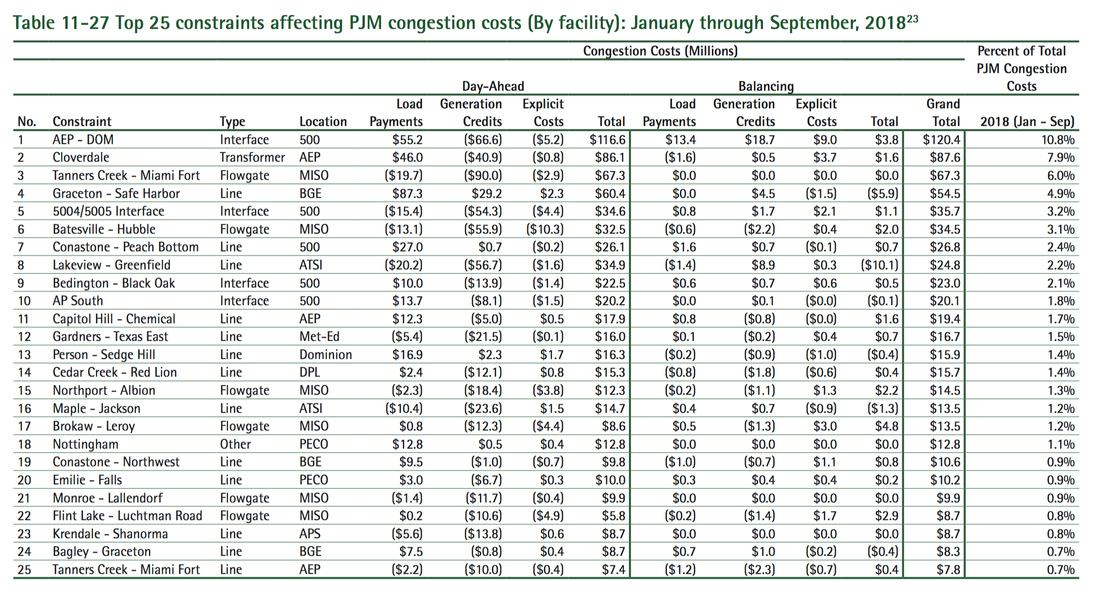

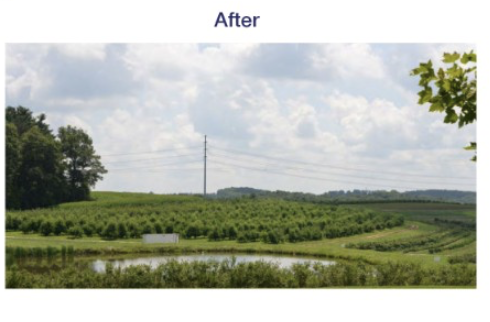

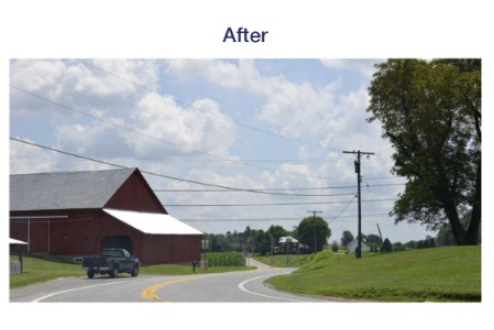
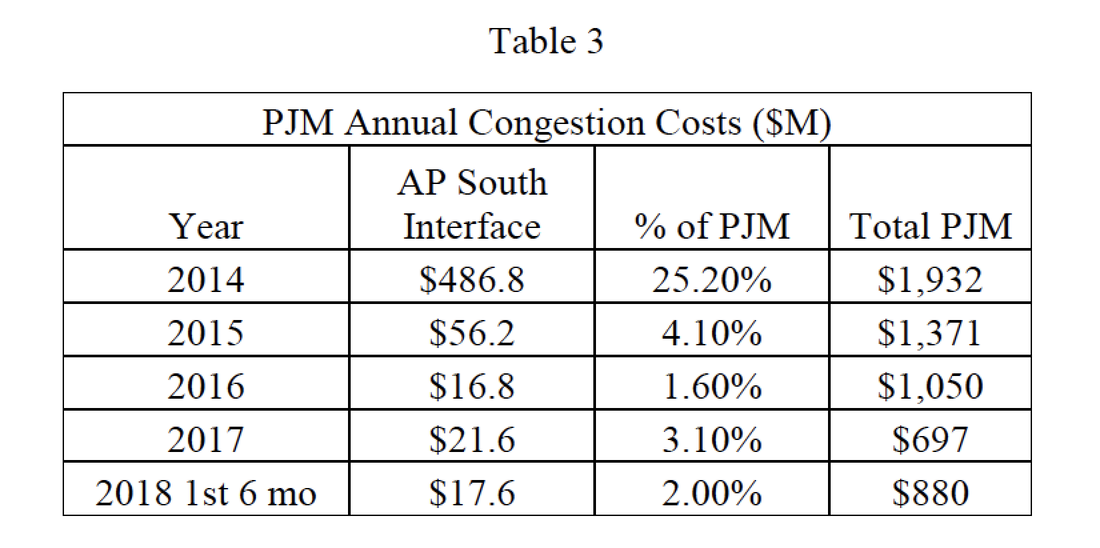
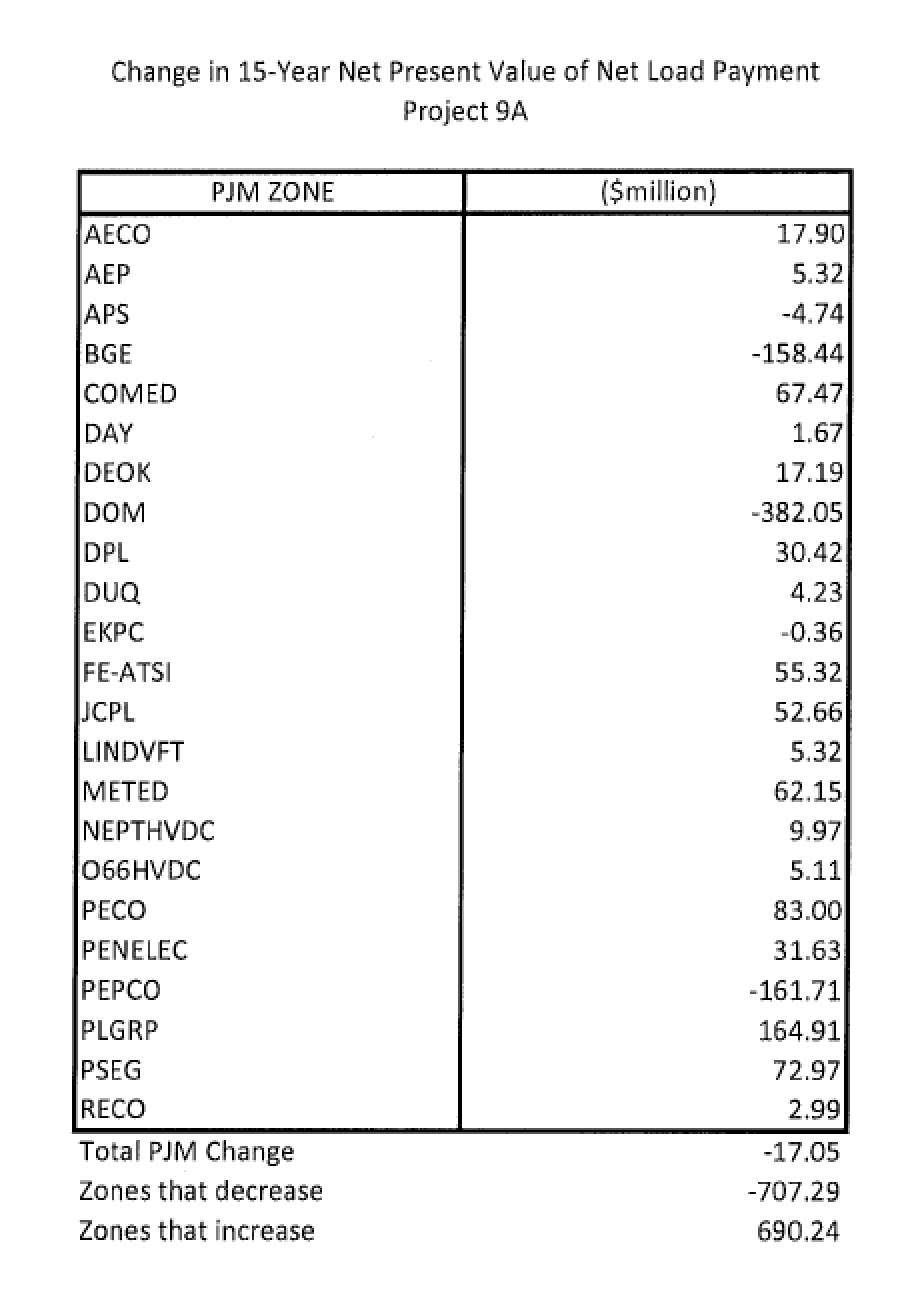
 RSS Feed
RSS Feed